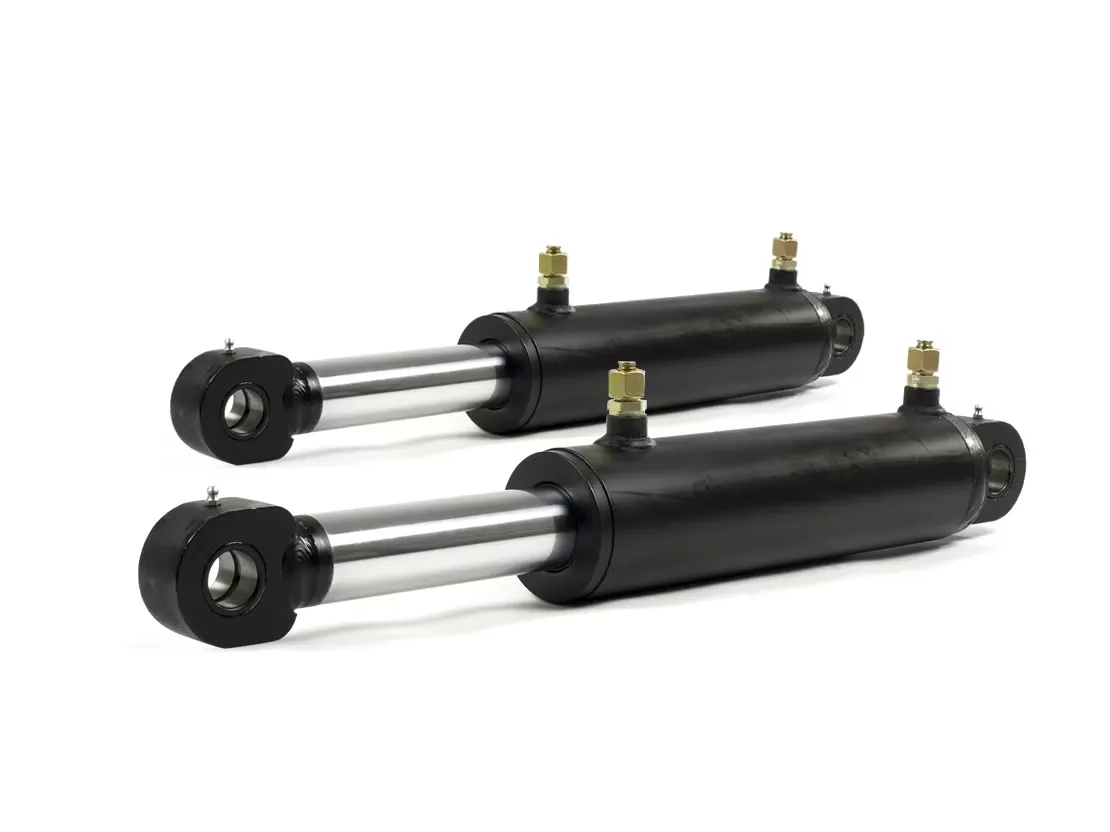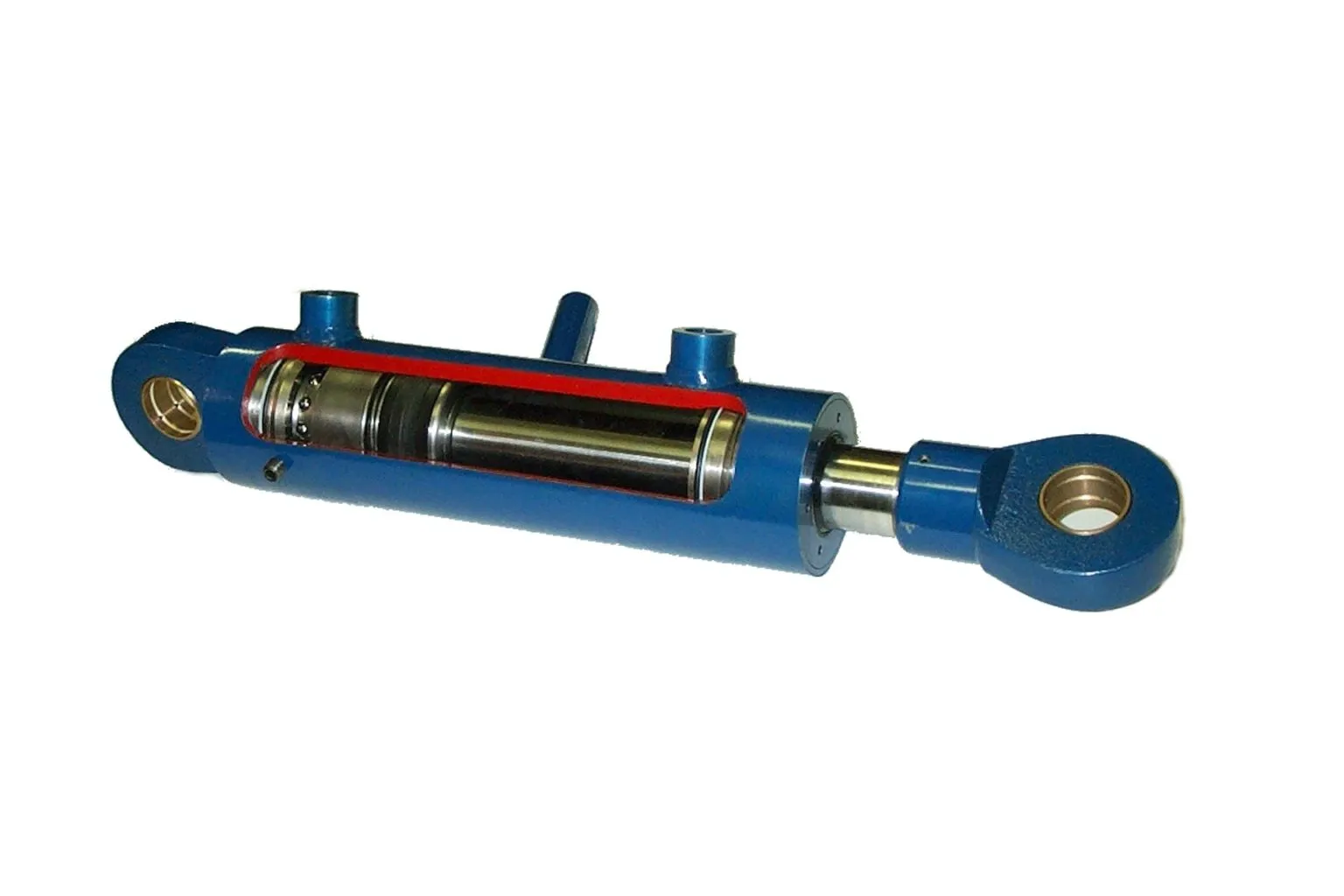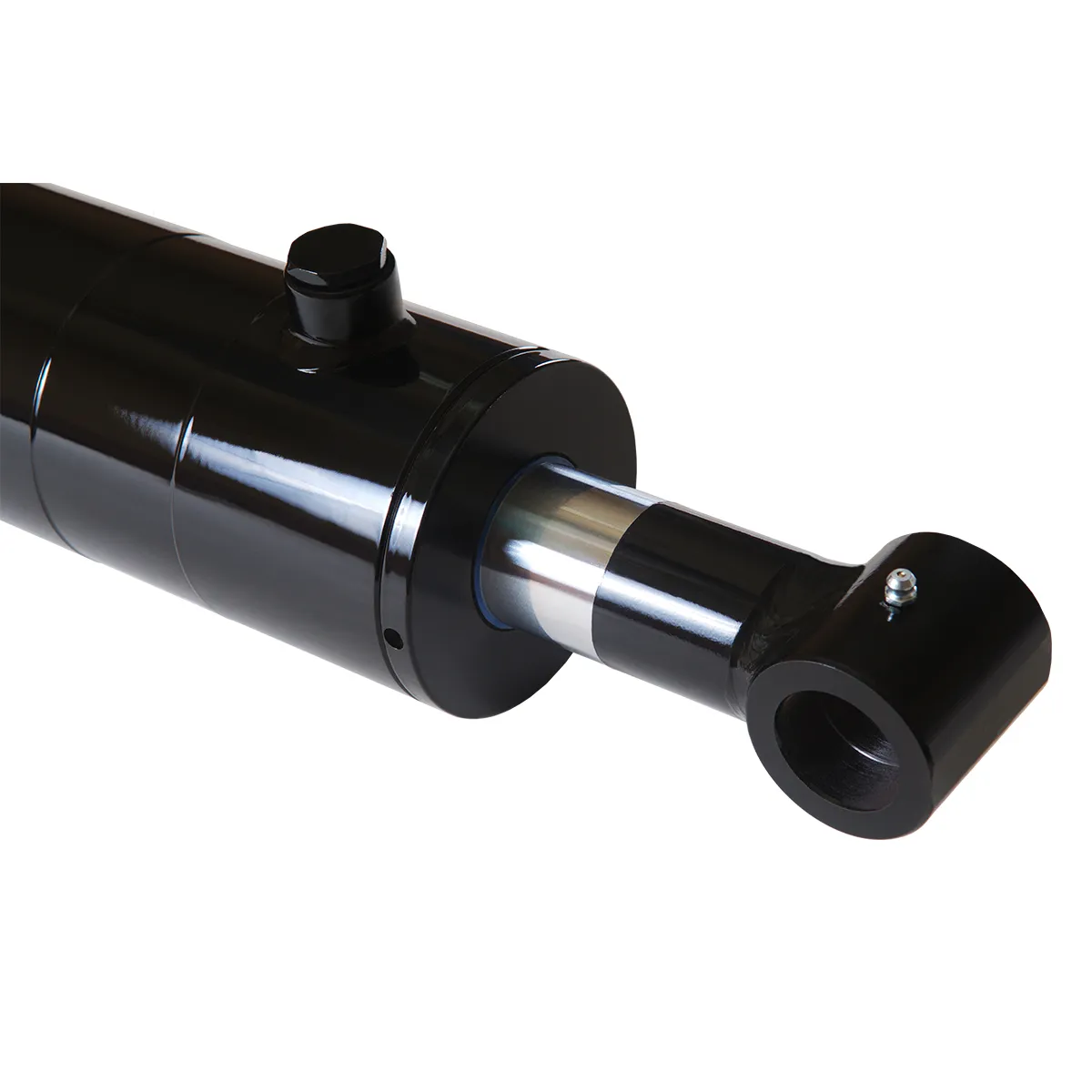The Design and Construction of Locking Single-Acting Hydraulic Cylinder
Subtitle: Understanding the Function and Benefits
Locking single-acting hydraulic cylinders are essential components in various industries, providing safety and reliability in hydraulic systems. These cylinders work under hydraulic pressure in one direction and feature a locking function to prevent movement in the absence of pressure.
Locking Mechanism – Safety
The main feature of the locking single-acting hydraulic cylinder is its locking mechanism, designed to keep the piston in a safe position when hydraulic pressure is lost, preventing accidental retracting. This mechanism can be a mechanical or hydraulic lock.
Variety
The design of the locking mechanism can be customized for specific applications, using spring-loaded locking devices, pin locks, or other mechanical locks to suit different needs.
Compact Structure – Space Optimization
Locking single-acting hydraulic cylinders are typically compactly designed for use in limited space environments, making them suitable for various equipment and machinery.
Precision Manufacturing – High-Precision Machining
Components of the locking single-acting hydraulic cylinder require high processing accuracy to ensure proper fit and sealing performance, minimizing the risk of leakage. Strict quality control measures are taken during production to ensure the reliability of each component.
Assembly Process – Specialized Assembly
Professional technicians are required for the assembly process to ensure correct installation and calibration of individual components. After assembly, the hydraulic cylinder undergoes a pressure test to confirm performance and tightness.
Working Principle of Locking Single-Acting Hydraulic Cylinder
The locking single-acting hydraulic cylinder functions by utilizing a locking mechanism to prevent the piston from retracting under load when hydraulic oil is pumped into the chamber. The locking function can be mechanical or hydraulic, ensuring the safety of the load even in the absence of hydraulic pressure.
Types and Configurations
There are three main types of locking single-acting hydraulic cylinders available, each with unique configurations designed for specific applications. These types provide versatility and reliability in various industries.
Benefits of Locking Single-Acting Hydraulic Cylinder
Enhanced security, reliability, simplicity, efficiency, and safety are among the major benefits of using locking single-acting hydraulic cylinders. These advantages make them a preferred choice for many applications, ensuring optimal performance and safety.

Application Scenarios
Locking single-acting hydraulic cylinders are commonly used in construction equipment, manufacturing, transportation, aviation, and various other industries where stability and safety are crucial. Their versatility and reliability make them essential components in diverse applications.
Design Considerations and Selection Criteria
When selecting a locking single-acting hydraulic cylinder, factors such as bearing capacity, sealing, durability, safety, and maintainability must be considered. These design considerations ensure the proper functioning and longevity of the cylinder in different operating conditions.
Sealing and Lubrication
Proper sealing and lubrication are essential for the optimal performance of locking single-acting hydraulic cylinders. Various seals such as piston seals and rod seals made from wear-resistant materials ensure tight sealing, while regular lubrication with hydraulic oil improves wear resistance and longevity.

Regular Inspection and Maintenance
To ensure the continued efficiency and safety of locking single-acting hydraulic cylinders, regular inspection and preventive maintenance measures must be implemented. These measures help identify potential issues early and prevent costly downtime.
Installation Guide
Correct installation of locking single-acting hydraulic cylinders is crucial for their proper functioning and longevity. Following the installation guide ensures that the cylinder is securely mounted and aligned, optimizing performance and safety.
Maintenance Tasks

Regular inspection, proper lubrication, seal replacement, and calibration inspection are essential maintenance tasks for locking single-acting hydraulic cylinders. These tasks help extend the service life of the cylinder and prevent potential issues.
Safety Considerations and Environmental Factors
Safety measures and environmental factors must be considered when using locking single-acting hydraulic cylinders to ensure the safety of operators and minimize environmental impact. Proper handling and maintenance help mitigate risks and protect the environment.
Fault Diagnosis and Common Problems
Identifying and addressing common problems in locking single-acting hydraulic cylinders is essential for maintaining optimal performance. Fault diagnosis and troubleshooting tips help operators effectively resolve issues and prevent future problems.
Unit Power and Optimization

The unit power of locking single-acting hydraulic cylinders plays a crucial role in their performance. Factors such as cylinder diameter, stroke, operating pressure, piston speed, and load affect the unit power output, highlighting the importance of optimization for efficiency and reliability.
Company Introduction
We are a leading hydraulic cylinder replacement manufacturer with a complete product line, serving domestic and international markets. Our company is known for its professionalism, international certifications, customized services, advanced production equipment, and dedicated after-sales support.
